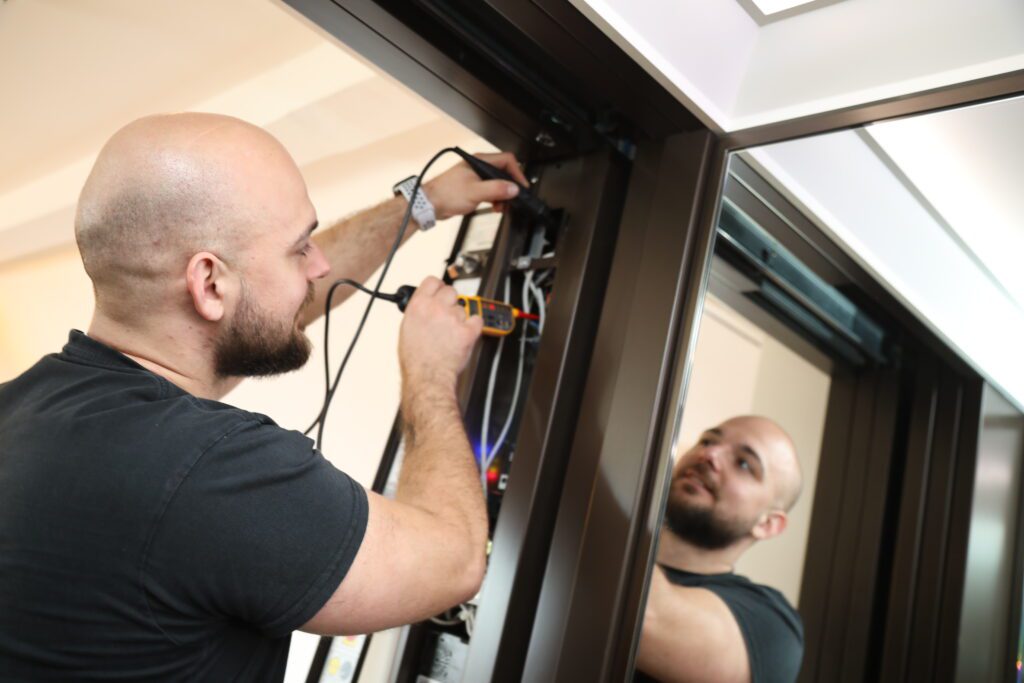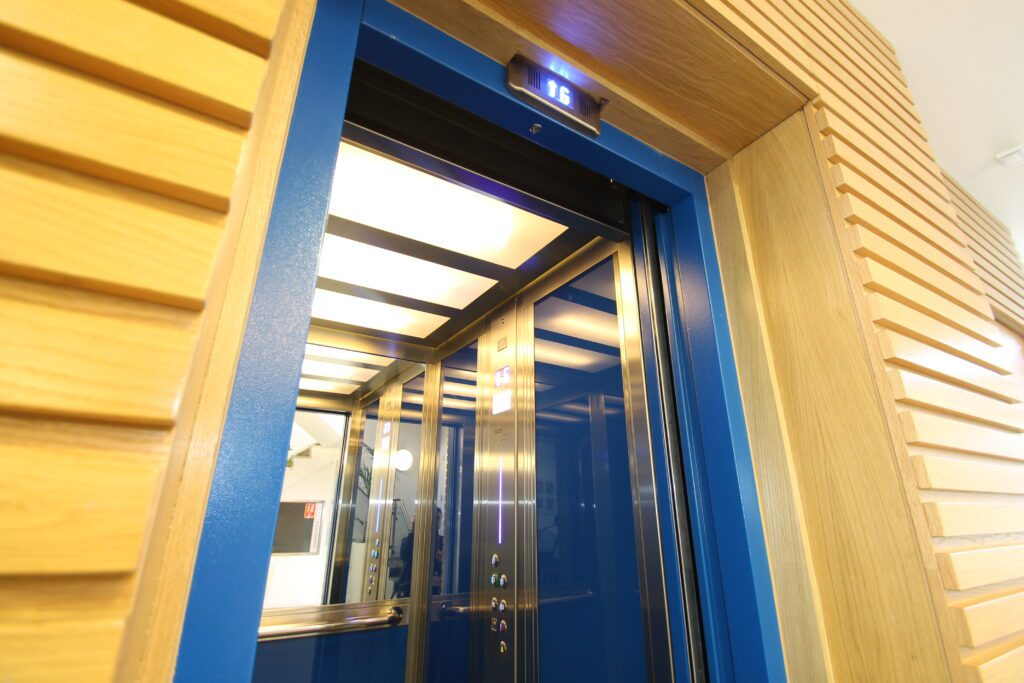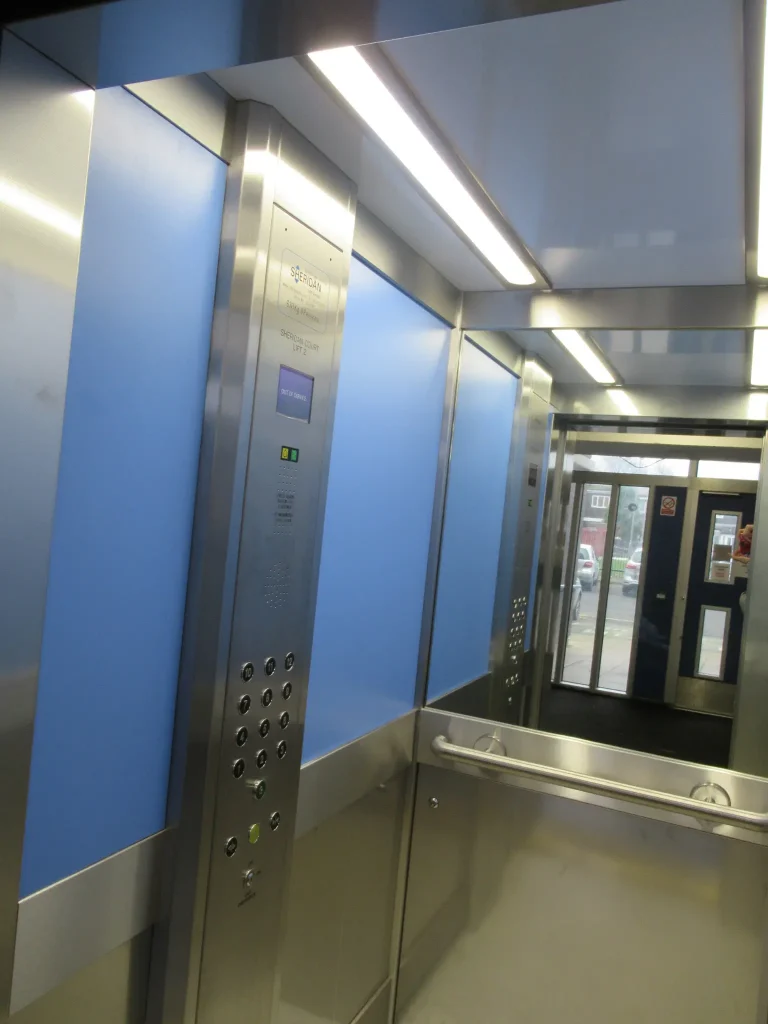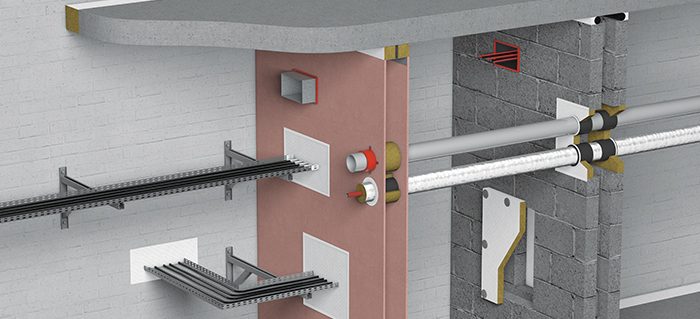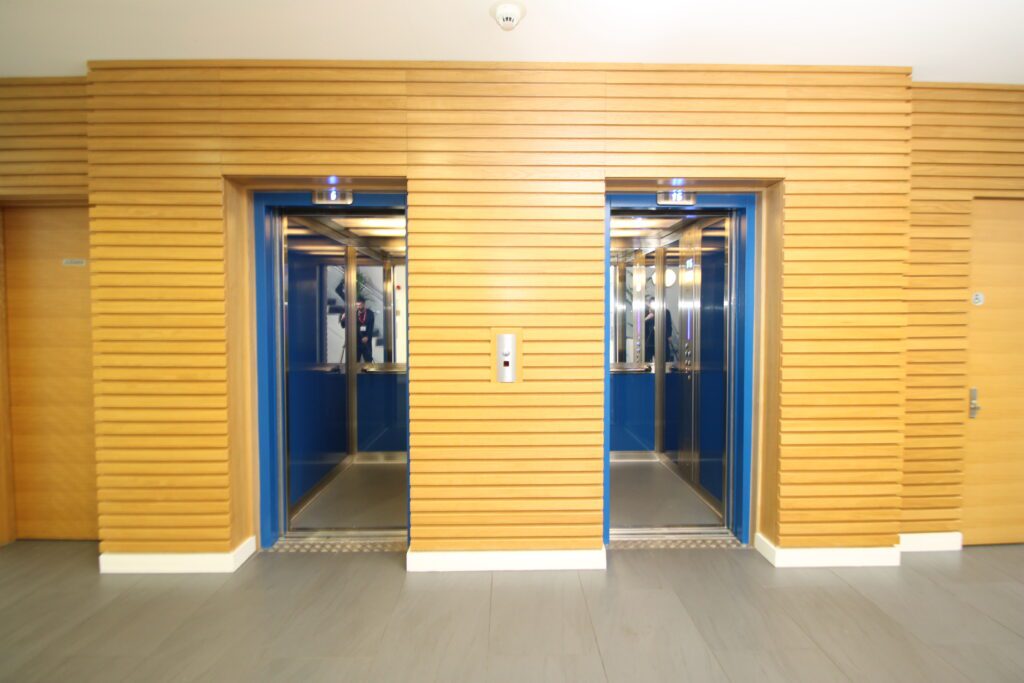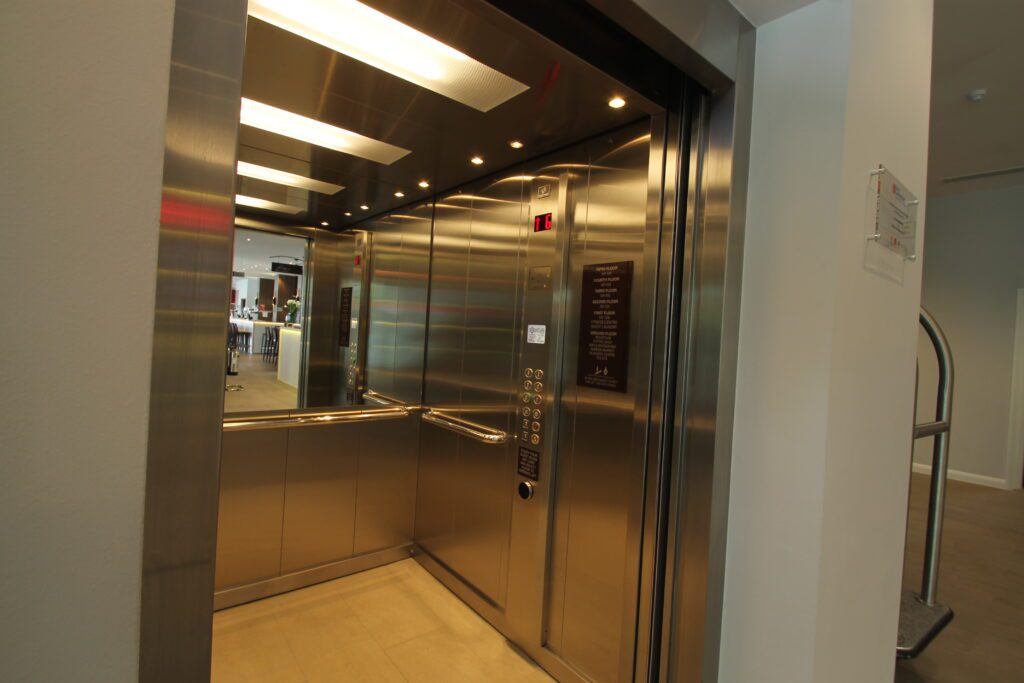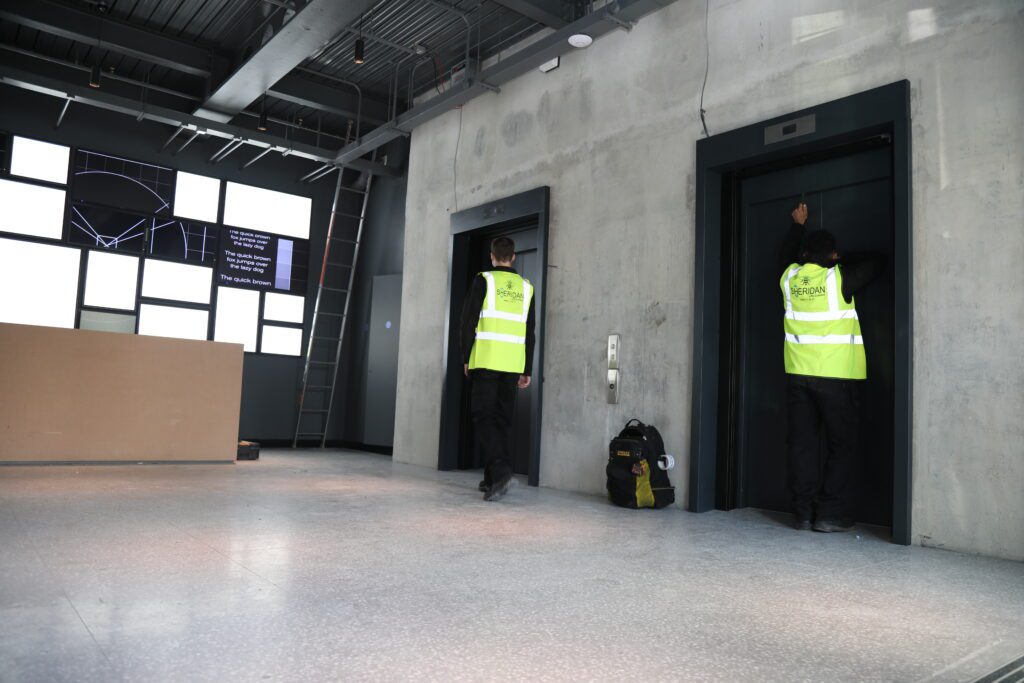Not only do we provide a range of lift installation and maintenance services, but we also go the extra mile for our customers, ensuring all of their fire safety needs are met.
So, how do we do this?
The first thing we do is carry out an inspection, and we will need to take your lift out of commission to do so. So that we don’t majorly disrupt your business or residence, this inspection will be performed at a time convenient for all parties.
The inspections will be carried out by our level three lift engineers, which means you do not need to have your lift contract provider present at the time of inspection.
Following the inspection, you will receive a full and detailed fire compartmentation report. The report will include the current state of the insulation and passive fire protection of the lift.
You receive two versions of the report – one digital copy and one hard copy. To remain in line with the legal requirements under the Regulatory Reform Fire Safety Order and the updated 2021 Fire Safety Legislation, we advise you to keep your fire safety paperwork in a premises information box.
A premises information box is a system designed to keep your company’s buildings and assets safe. It should be located at a point accessible to fire crews if needed.
During our thorough report, we will outline any points of concern to the duty-holder. The duty-holder is the business owner or person responsible for installing the lifts in the building.
At Sheridan Lifts, we have a 360-degree approach to lift services, meaning our in-house team is able to complete any required specialist lift installations. We are also registered with the Lift and Escalator Industry Association.
